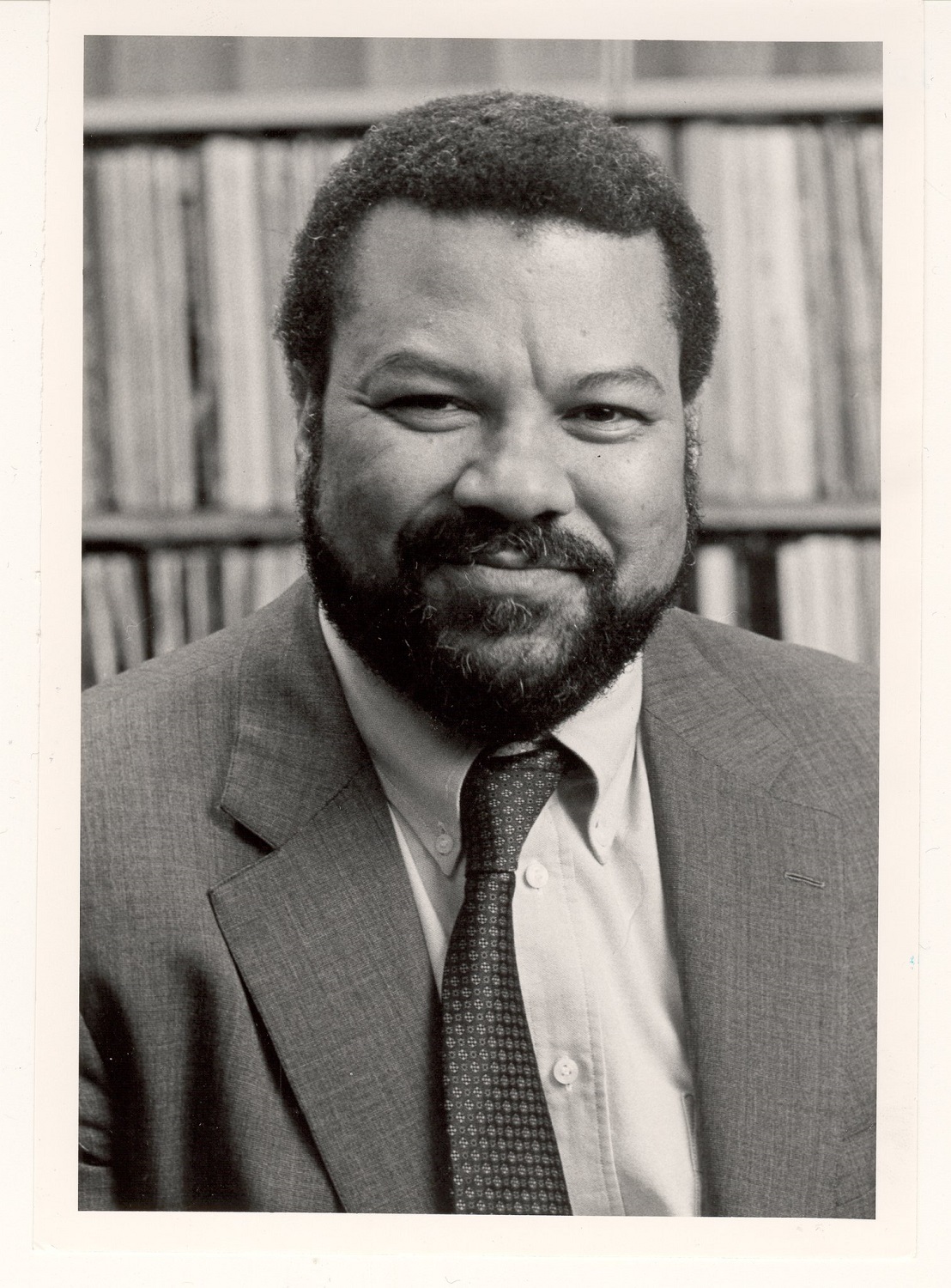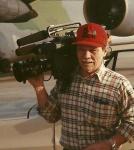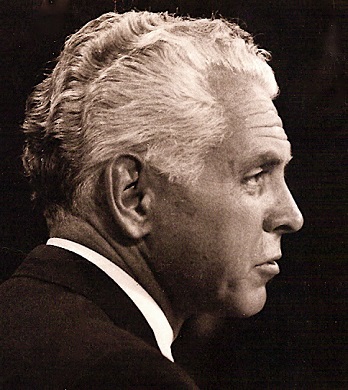Television HOF
Hampton, Henry
 Henry Hampton – 2017
Henry Hampton – 2017
Henry Hampton is a St. Louis native whose prominence came in recognition of his documentary work. One, in particular, was said by critics to be “the definitive look at the nation’s early struggle over civil rights.” It was Hampton’s 1987 production, “Eyes on the Prize,” which received four national Emmy Awards and a Peabody Award for excellence in journalism. His follow-up three years later, “Eyes on the Prize II,” won two Emmys. He was recognized in 1990 by President George Bush for his documentary work.


